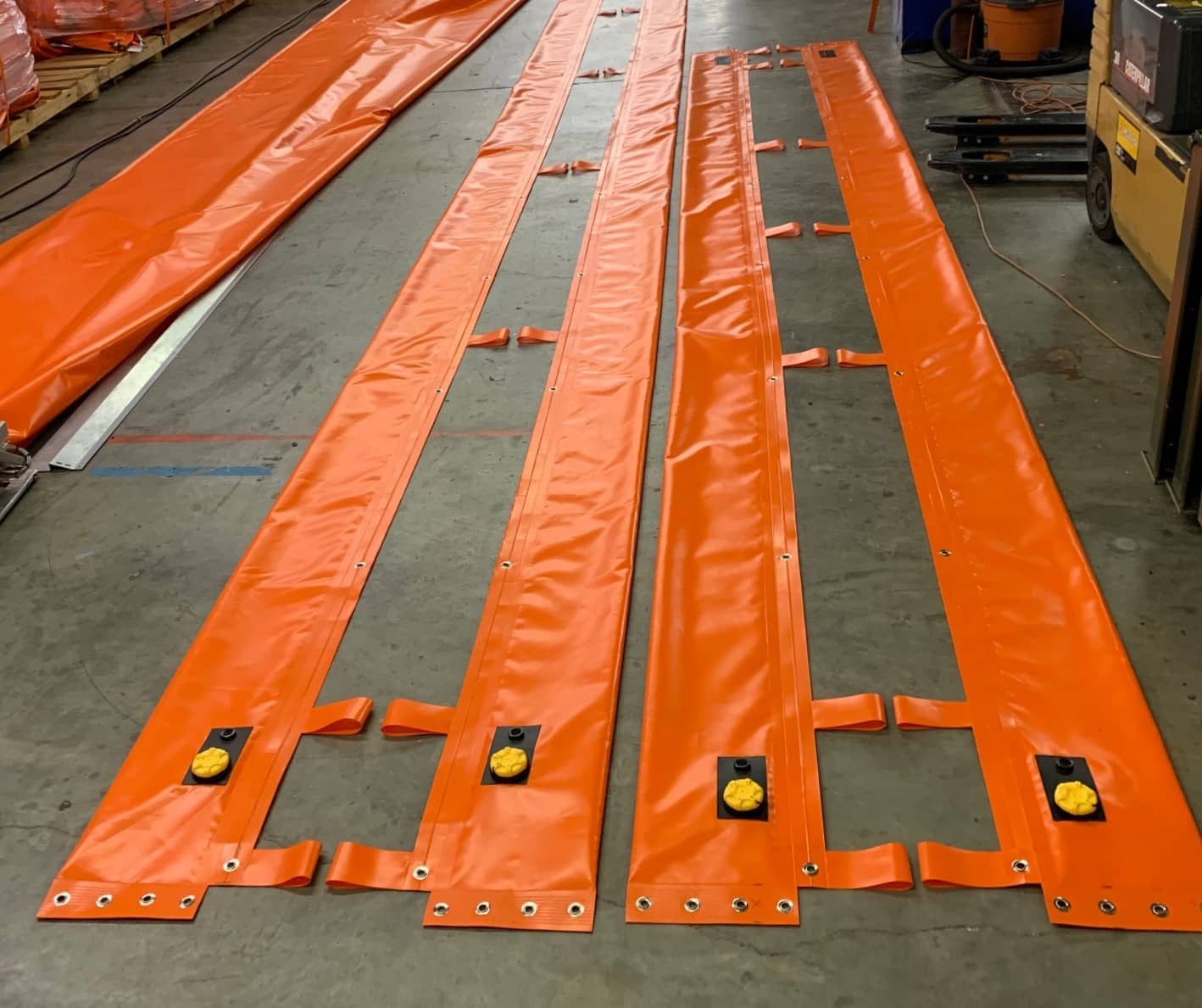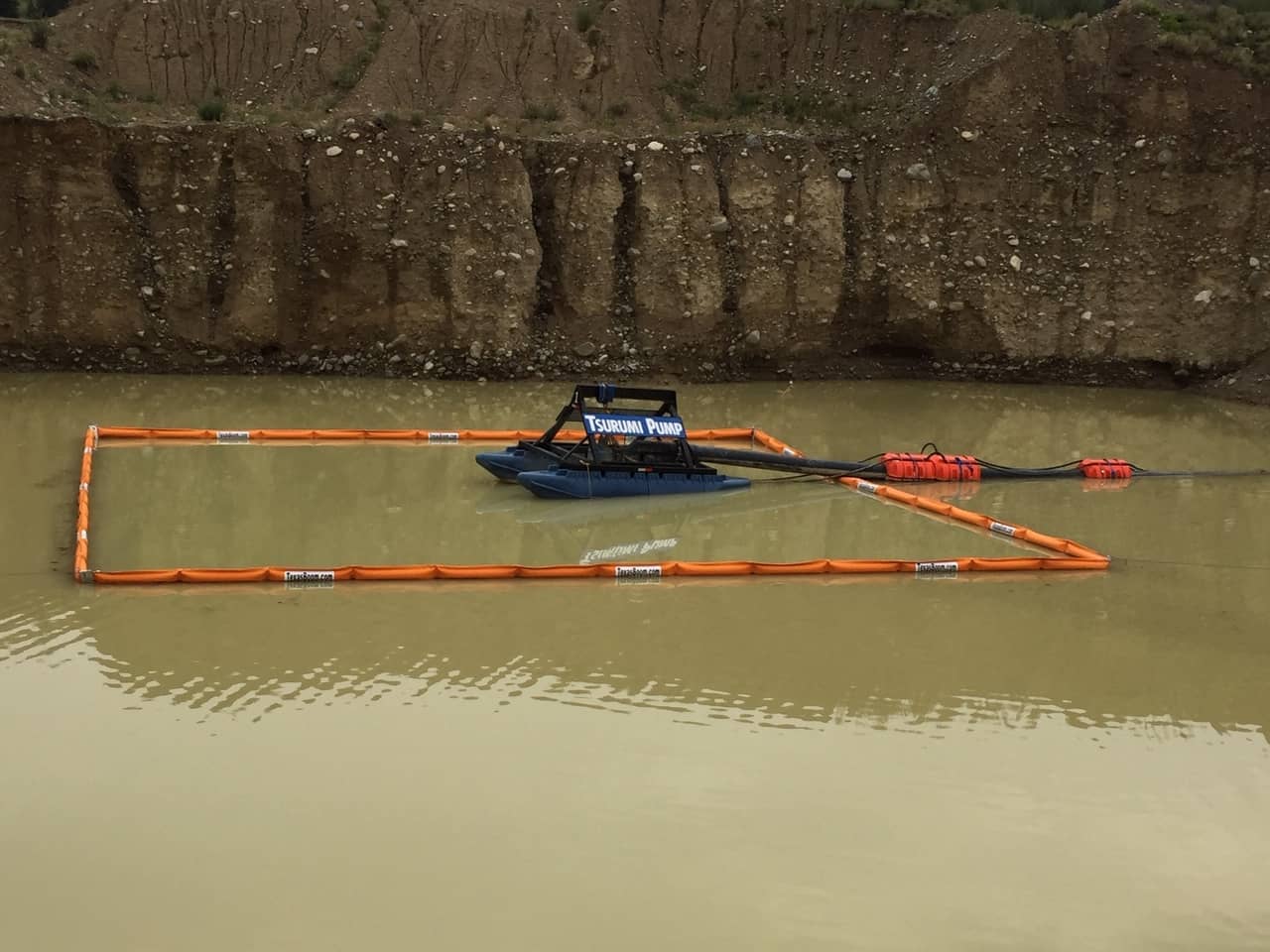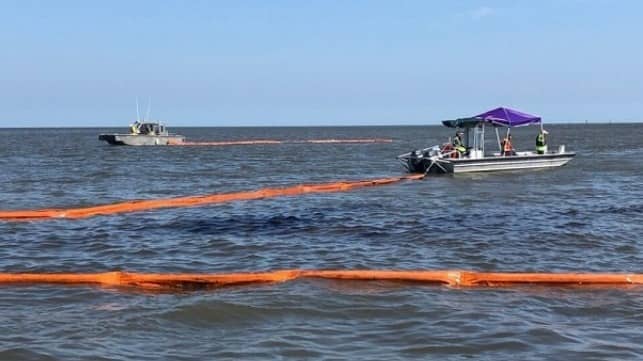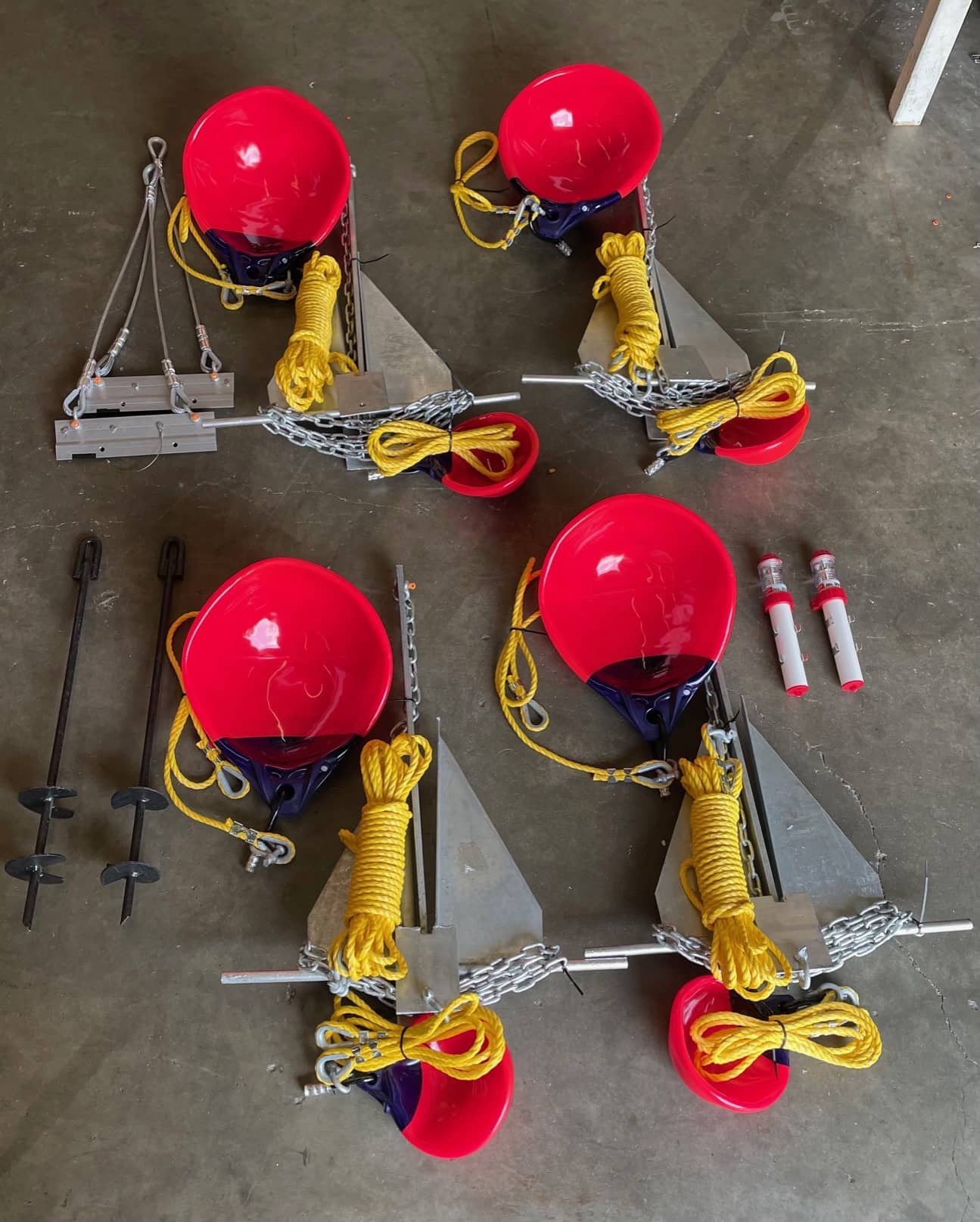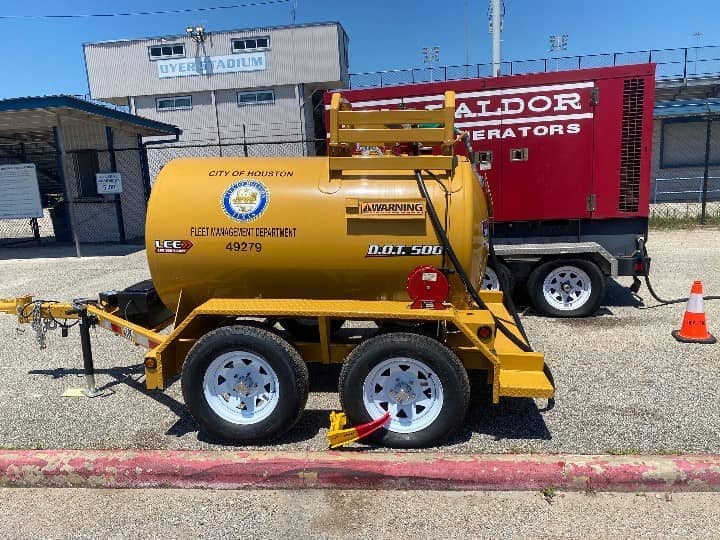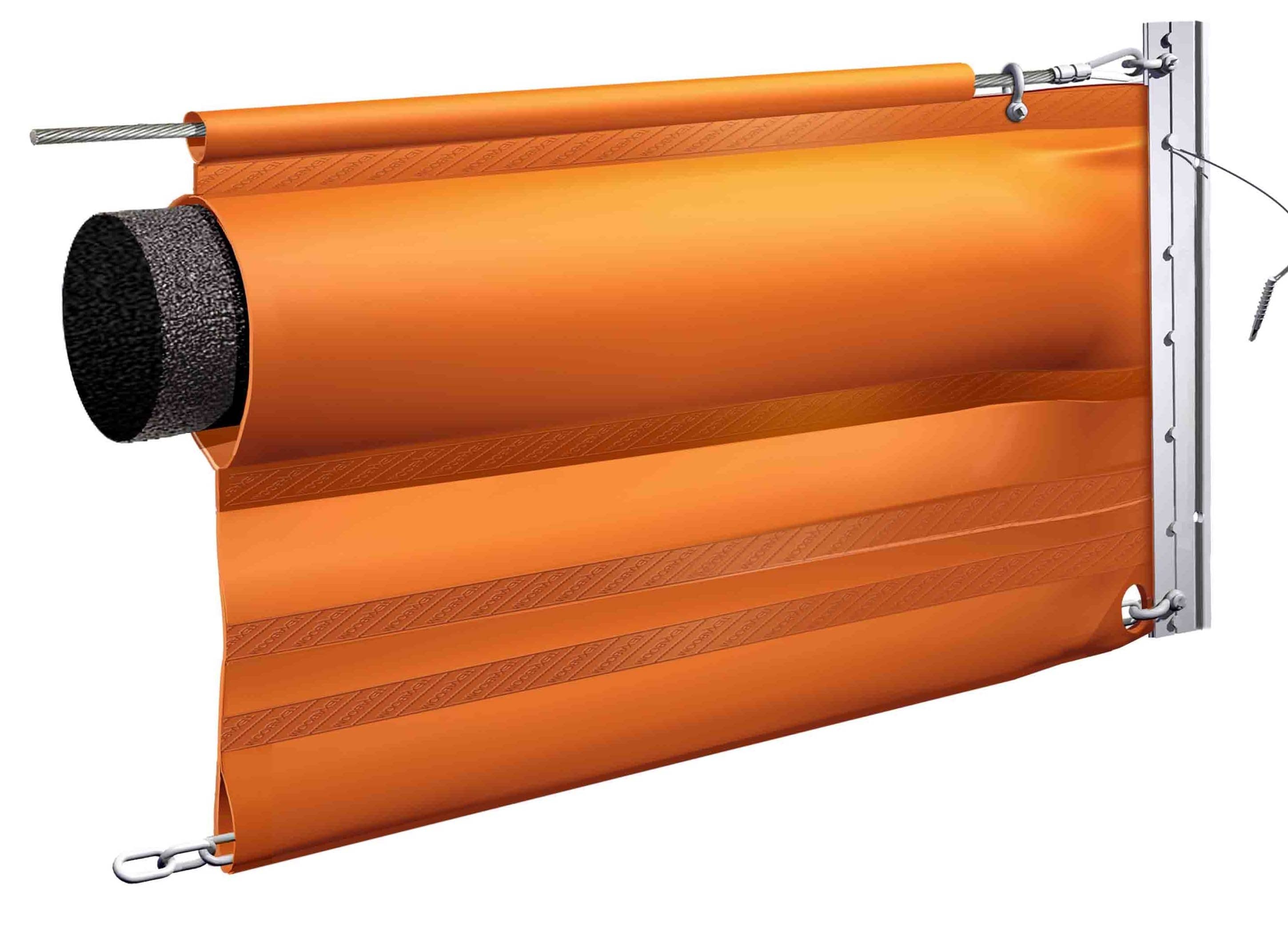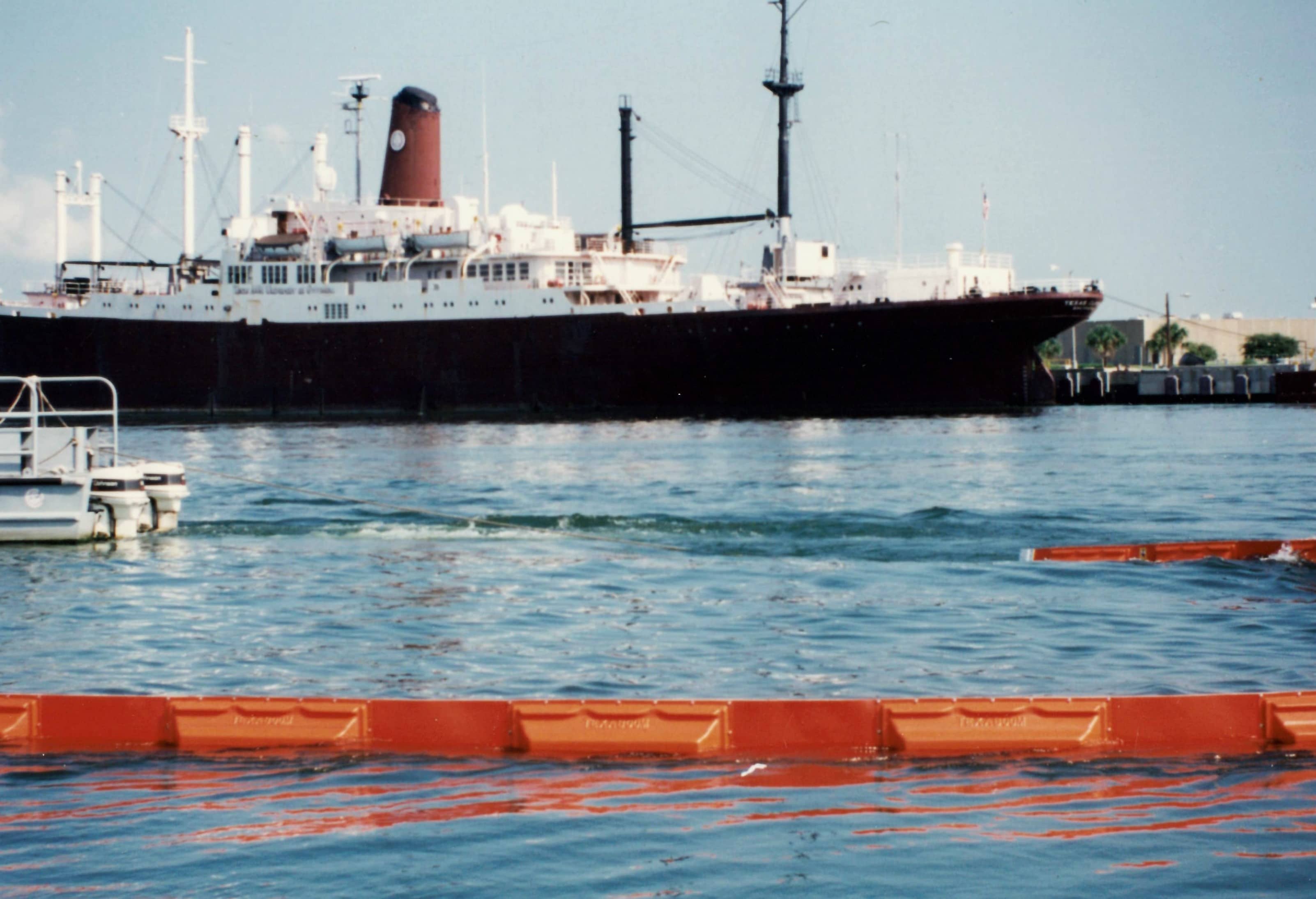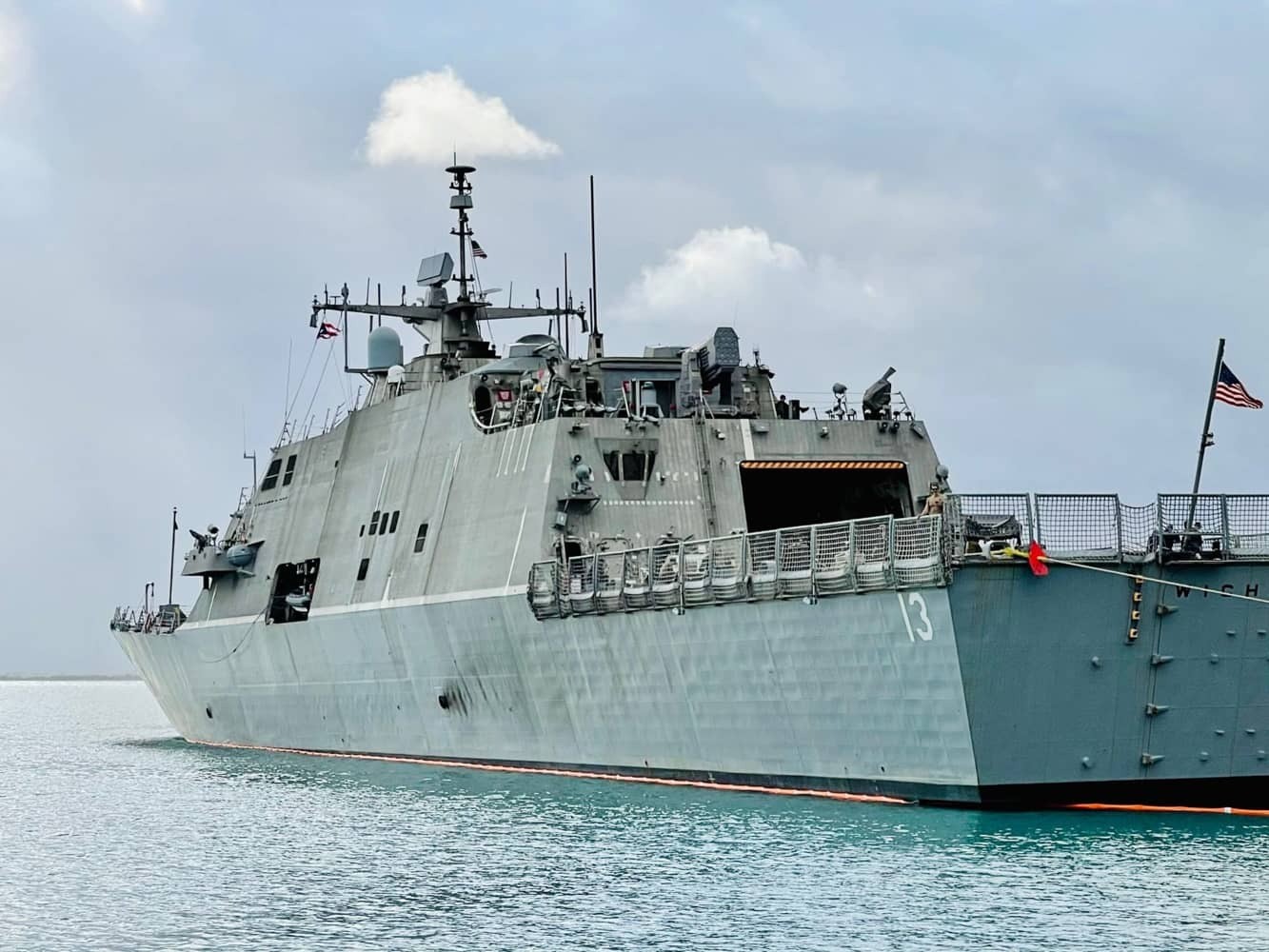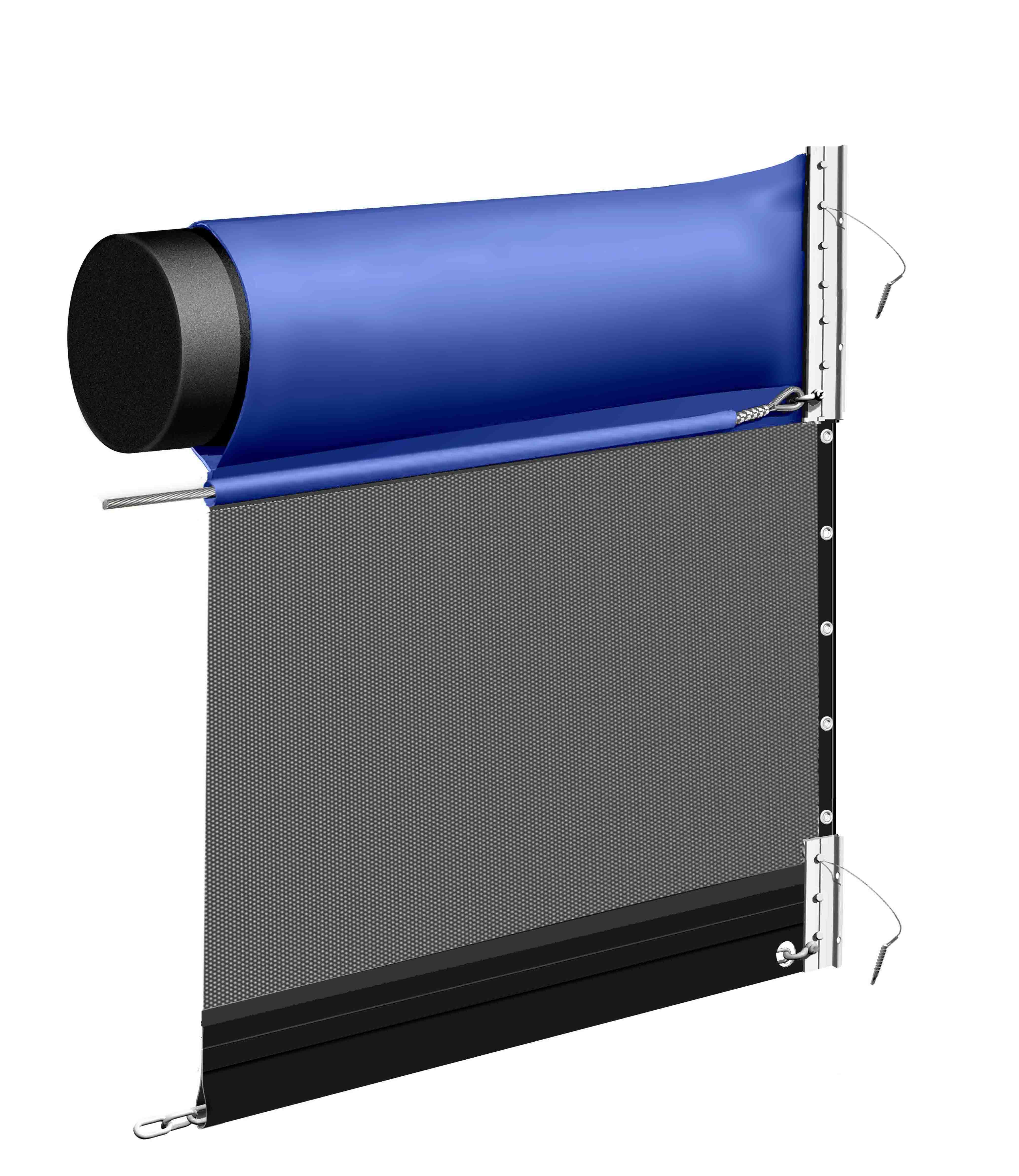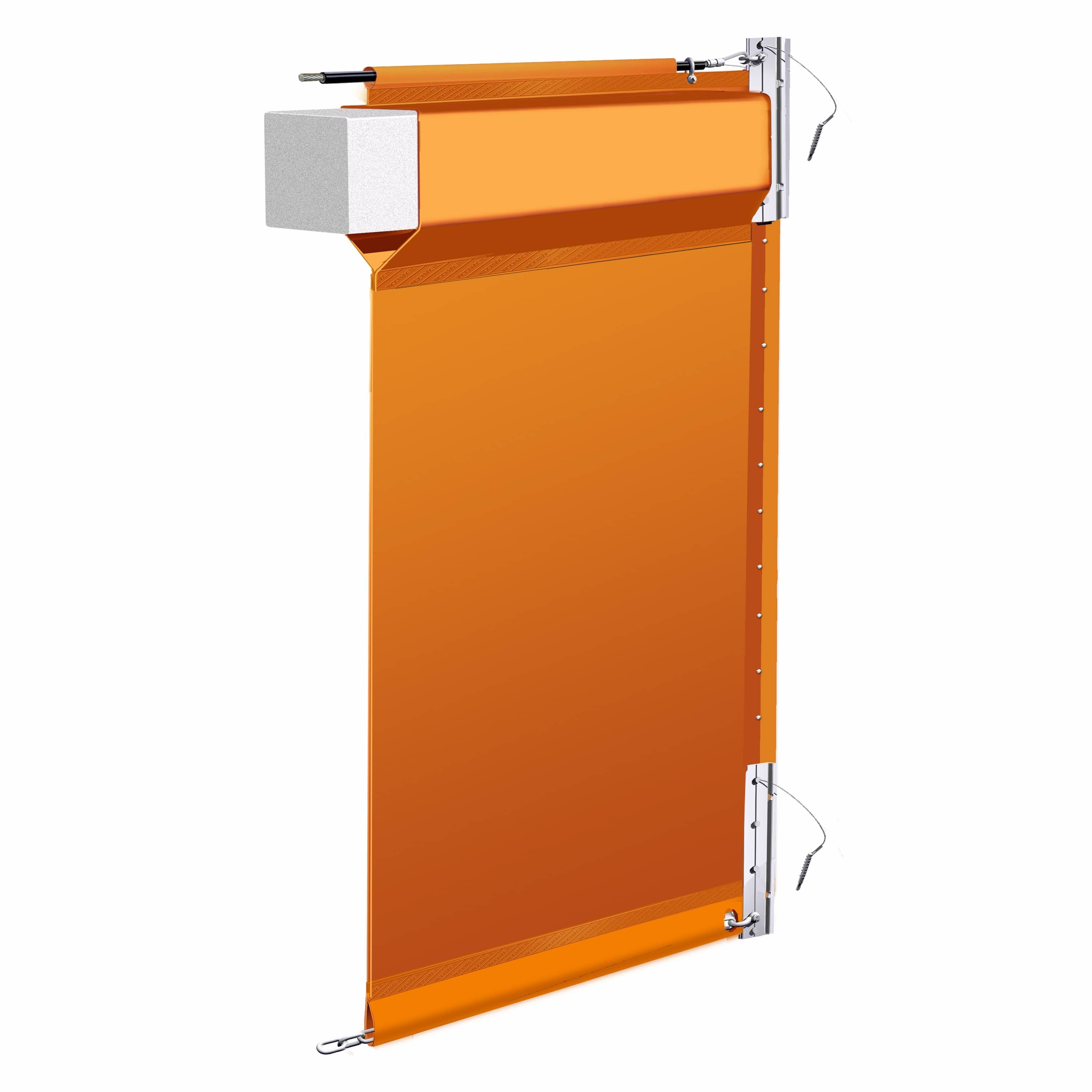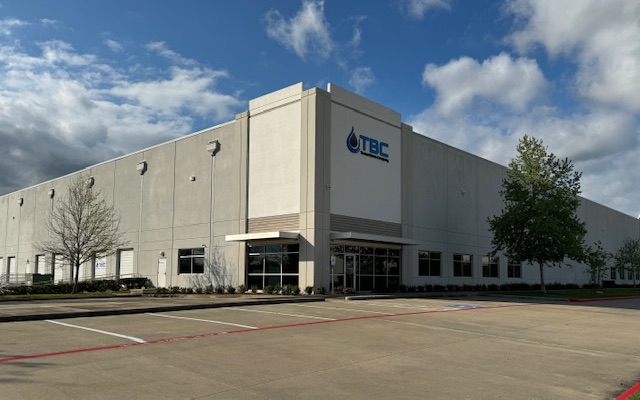The skilled craftsmen at Texas Boom Company have quite a bit of experience fabricating coated fabric products to exact customer specifications. These custom products are sometimes based on existing product designs, while other times they are completely unrelated to TBC's core business. Regardless, we offer our customers the ability to receive a product that meets their exact needs.
Recently, Texas Boom Company tackled a project to produce a custom-designed inflatable boom product. These 8-inch diameter inflatable booms were intended to provide flotation for a very specific application. These custom booms also required the addition of retention loops to serve as guides for this particular use. Because these booms are inflatable, you can see they require less space to transport and store when not inflated. Use of a leaf blower or an air compressor can quickly transform these from flat pockets to fully inflated floats.
Another example of custom fabrication work completed by Texas Boom Company is a set of floats that help self-right a capsized watercraft. These inflatable balls are constructed similar to the geometry of a soccer ball. The RF welding provided terrific bonds between each of the side panels. The valve types used met the customer's exact standards required.

